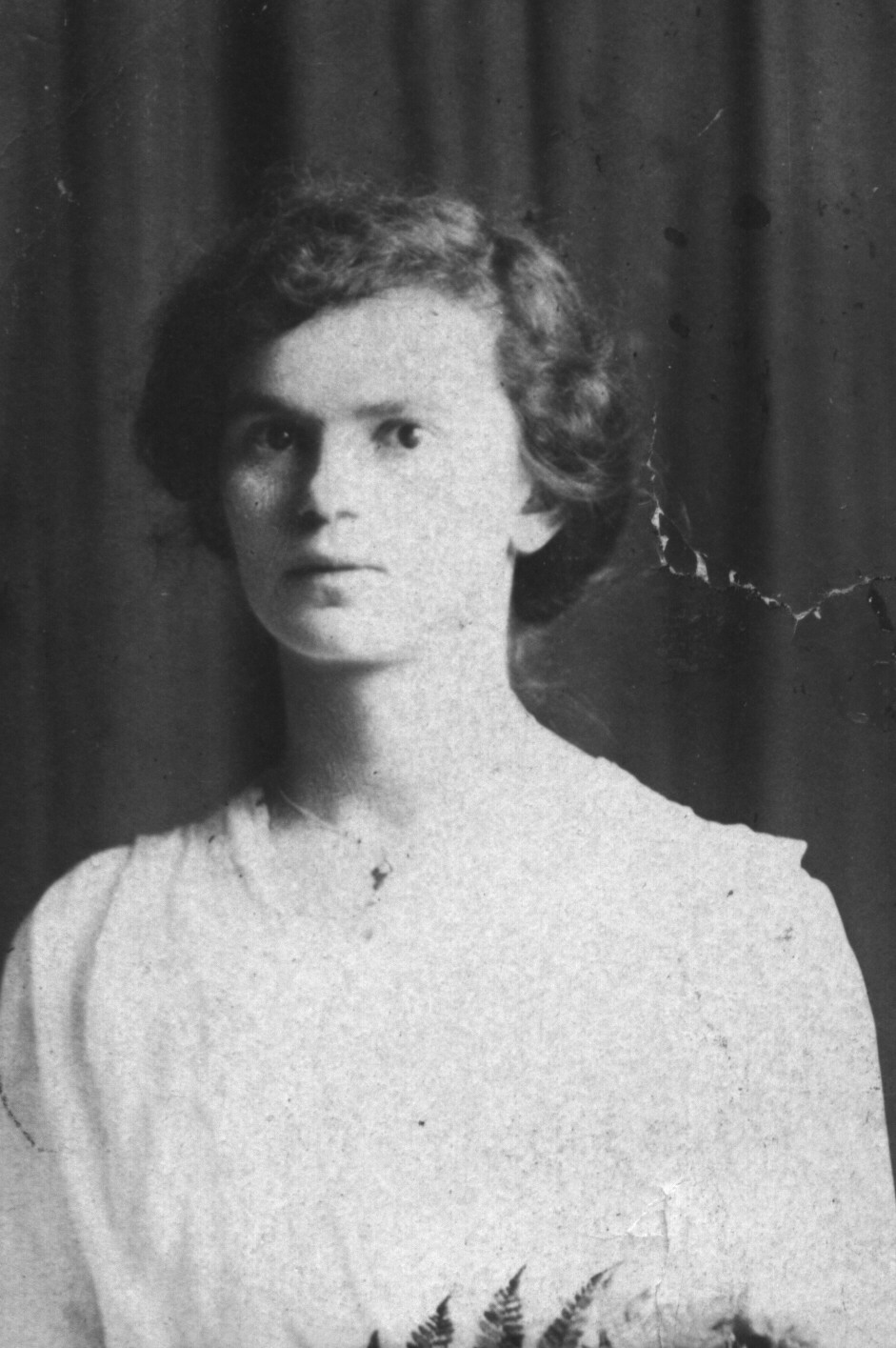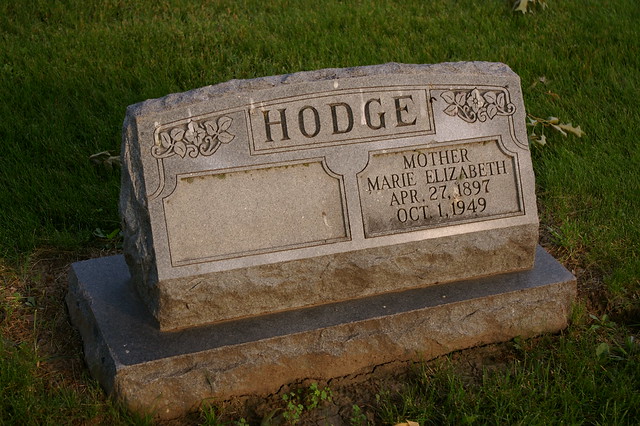My grandmother, Doris, often wished she could reconnect with her mother’s relatives in Europe in her latter years. But the ravages of two World Wars followed by the dropping of the Iron Curtain across most of eastern Europe made genealogical research nigh impossible.
I was reminded of this frustration this morning while I listened to The Guns of August on my commute to work. I’m reading this Pulitzer winning non-fiction book as part of the Kansas City Public Library and the National Word War I Museum‘s Great War | Great Read program to commemorate the 100th anniversary of World War I.

I’d reached the fifteenth chapter, which began a shift of focus from the Western Front in August 1914 to the Eastern Front with the appropriate title ‘The Cossacks are Coming!’ About halfway through my commute, I recognized the name of my great-grandmother’s home town, formerly known as Stallupönen, but since reclaimed and renamed multiple times over the last century.
Interestingly, at least to me since I have a tenuous connection to the people of that village, the Battle of Stallupönen, fought between Russian and German armies on August 17, 1914, was the opening battle of World War I on the Eastern Front. The author related a humorous tale of German officers stationed as lookouts in a church steeple who were momentarily deafened thanks to an overzealous town councilman who rang the church bells to warn the citizens of the impending invasion of the Russians.

Thankfully, for my great-grandfather, John Hodge, Marie Kiesler must have seen the writing on the wall a year before. By late September 1913, Marie left Stallupönen in East Prussia (now part of Russia), and traveled to the port in Hamburg, Germany, a distance of about 500 miles. For a 16-year old young woman, this trip alone had to seem like a quest in itself.

On October 3, 1913, she boarded the steamship Graf Waldersee and started a two week voyage westward to the United States. She arrived in New York City on October 17, 1913, being processed through Ellis Island.
The Journal entry lists her data as:
- Destination: Kansas City, Kansas
- Trip paid: by sister (to join her at 412 Nebraska Ave., Kansas City, Kansas)
- Father: Friedrich Kiesler,
- Description: 5′ 3″, fair complexion, blonde hair, and brown eyes.
As far as we know (and all those who would have first hand knowledge have long since passed on), Marie had no sister who preceded her to the United States.
Marie returned to Germany in the 1930s to visit her family. While there, she was detained for not participating in the Nazi salute “Heil Hitler!” When questioned about her lack of zeal for the Führer, she replied she was an American visiting relatives. She was released and eventually returned safely to the United States.

I never had the opportunity to meet my great-grandmother. My father remembers her, because Doris had moved back to Kansas from California to help care for Marie when she became ill with cancer. Fifteen years before I was born, in September, 1949, Marie Elizabeth (Kiesler) Hodge passed away.

I toured most of the cemeteries in and around Leavenworth a couple of years ago. Sort of a Memorial Day pilgrimage to visit all my relatives’ grave sites. Marie’s resting place lies in Mount Muncie Cemetery, about three miles north of where I live in Lansing, Kansas. The saddest and loneliest part of this headstone is the missing half for my great-grandfather. Since he remarried, he is buried with his second wife, whom I grew up calling my great-grandmother, in Easton Cemetery.
One final memory, before I close this trip down memory lane blog post: My grandmother Doris had another regret that tied back into her desire to connect with her mother’s relatives across the pond in Europe. Soon after her death, my great-grandfather boxed up Marie’s few personal possessions (including family photographs, journals, etc.) and sent them to Marie’s family in Germany, thus making any further contact by Doris and her children (and grandchildren), that much more difficult.
If anyone out there in the real world recognizes the old photographs above, of a young Marie Kiesler or her parents, I would greatly appreciate hearing from you.

I hope you will hear from someone who can answer some of your questions. You may want to go to a local library and try ancestry.com. Many libraries have this for free. Also the free site Family Search may hold some answers. Best of luck to you.
Thanks. I’ve tried some of those sites. The problem is many fold. Language barrier (I don’t read German nor Russian). Also most records were destroyed during the World Wars and the aftermath, especially in Eastern Europe.